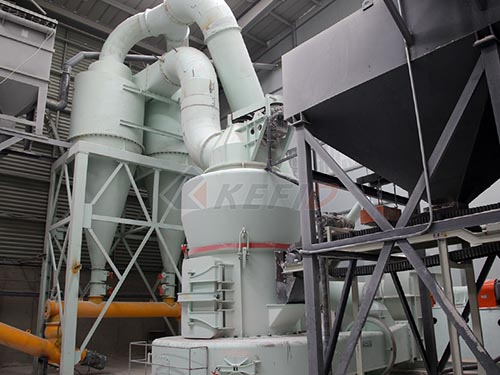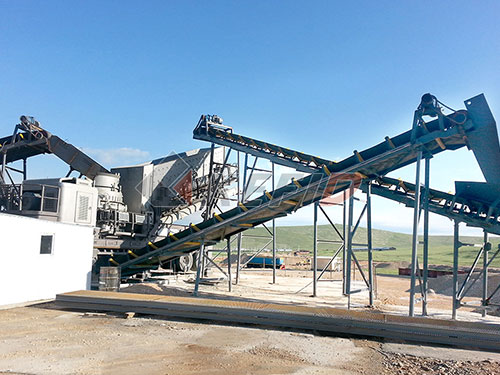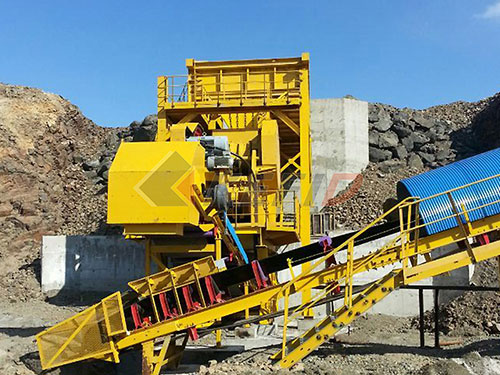Cone Crusher vs Jaw Crusher: Choosing Your Rock Crushing Champion
Selecting the right primary and secondary crushers is fundamental to the efficiency and profitability of any aggregate production or mining operation. Two workhorses dominate these stages: the Jaw Crusher and the Cone Crusher. While both excel at reducing large rocks into smaller pieces, their operating principles, capabilities, and optimal applications differ significantly. Understanding these differences is key to making an informed investment.
The Mighty Jaw Crusher: The Primary Crushing Powerhouse

How it Works: Imagine a giant nutcracker or a pair of scissors made of hardened steel plates (jaws). One jaw is stationary (fixed jaw), while the other moves back and forth (swing jaw). Rocks are fed into the top opening (feed opening) between these jaws.

Action: As the movable jaw closes against the fixed jaw, it compresses the rock directly until it breaks (“compressive breaking”). The crushed material falls further down into a progressively narrower space until it’s small enough to exit through the gap at the bottom (closed side setting – CSS).
Characteristics & Strengths:
Primary Crushing King: Excels as the first stage crusher for large feed material (up to 1m+ in some models).
Handles Tough & Abrasive Material: Robust design copes well with hard rock types like granite or basalt.
Produces Coarser Output: Generally yields more angular product shapes with fines generation.
Simpler Design & Maintenance: Often considered easier and less expensive to maintain than cone crushers; replacing jaw plates is relatively straightforward.
Lower Initial Cost: Typically has a lower purchase price compared to an equivalent capacity cone crusher.
Versatility: Can handle various feed sizes effectively.
The Efficient Cone Crusher: Secondary/Tertiary Refinement Specialist
How it Works: Picture an inverted cone-shaped bowl liner fixed within a frame. Inside this bowl spins another cone-shaped mantle mounted on an eccentric shaft.
Action: Rock fed into the top falls into the gap between the rotating mantle and stationary bowl liner (“crushing chamber”). As the mantle gyrates eccentrically (rotating in a circular path without spinning on its own axis), it continuously compresses rock against the bowl liner (“compressive crushing”), breaking it down through multiple compression cycles as it travels

Leave a Reply